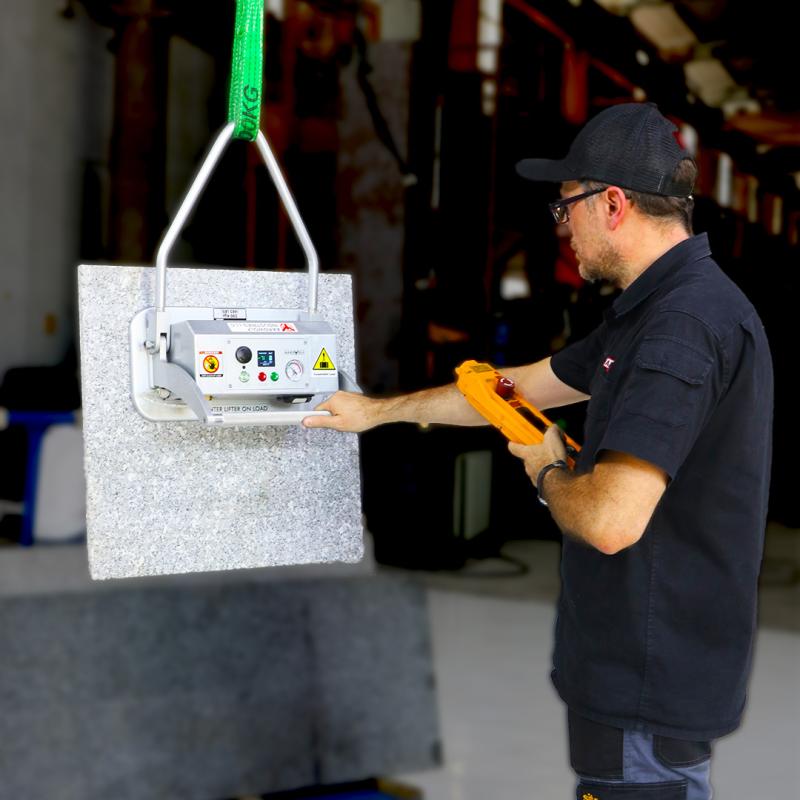



Based on an internal analysis of 50 client sites over five years, organizations adopting predictive strategies achieved an average 30% reduction in unplanned downtime and a 20% extension in asset lifespan. By leveraging real-world insights and deep technical know-how, you can build a maintenance program that drives efficiency, safety, and cost savings.
Unexpected breakdowns on conveyors, forklifts, or cranes trigger urgent service calls, overtime labor, and expedited parts shipments. Predictive maintenance identifies anomalies—such as unusual bearing vibration or hydraulic pressure drift in a scissor lifter—before a catastrophic failure. Our data shows emergency repair costs drop by 40% on average when clients implement real-time monitoring across their material handling equipment fleet.
Rather than replacing parts on fixed schedules, predictive models trigger interventions only when sensors indicate wear. This minimizes unnecessary part swaps and service labor. Companies report a 25% decrease in annual maintenance spend after shifting to an AI-driven maintenance cadence.
Early detection of seal leaks in vacuum lifter slab lifter circuits or misalignment in gantry crane material handling rails helps extend equipment life. Over a five-year study, our clients extended the service life of critical assets—like rollers and bearings—by up to 18%, delaying costly capital replacements.
High-fidelity sensors measure parameters such as temperature, vibration, current draw, and hydraulic pressure on devices from ratchet tie down traps to motors on automated guided vehicles (AGVs). For example, accelerometers mounted on lifting equipment detect bearing wear in real time.
Machine-learning models process historical and live data to distinguish normal operating patterns from degradation signatures. Anomalies—like a gradual increase in motor current on a forklift—are flagged weeks before failure, giving maintenance teams a proactive window.
Predictive platforms provide clear alerts:
By integrating with CMMS tools, these alerts automatically generate work orders, ensuring that maintenance crews address issues before they escalate.
Stone shops grapple with heavy slabs and delicate surfaces. By monitoring roller loads on Transport for stone industries, shops reduce slab mishandling by 80%. Predictive models on Horizontal Scissor for lifting resolution clamp hydraulics ensure safe, balanced lifts. Dive deeper into fabrication workflows with The part of stone fabrication.
Countertop operations rely on precise lifts and placements. Use Granite Countertop Functions insights to align lift sequences.
For general warehousing, a mix of ratchet tie down traps, suction cups, and clamps handle varied payloads. Explore types in Lifting Clamps and learn How to choose suction cups for your application.
Next-gen maintenance harnesses edge-AI on devices—from gantry crane material handling bridges to AGV motors—enabling on-board failure prediction and offline self-calibration.
Creating digital twins of heavy equipment lets you simulate wear scenarios under different loads and schedules, refining predictive algorithms and maintenance plans in virtual testing environments.
Predictive maintenance for material handling equipment is a proven, cost-effective strategy for reducing downtime, optimizing budgets, and extending asset lifespans. Integrate smart sensors on your Portable Crane products, leverage Aardwolf Material Handling Products, and adopt advanced analytics to ensure your material handling industry operations remain safe, efficient, and future-proof.
Sign up to receive the latest info on new Aardwolf products, special offers and more.
By signing up you agree to receive emails from Aardwolf with news, special offers, promotions and other information. You can unsubscribe at any time.